The following tables show standard dimensions for keys and their grooves.
Search in blog
Blog categories
Latest posts
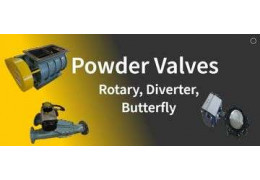
Motor Direction
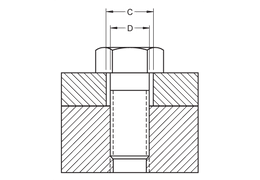
Clearance hole chart for inch bolts and screws according to ASME B18.2.8

One of the earliest forms of comparison. The pigment/binder ratio is the weight ratio of the sum of the pigments...
Popular posts




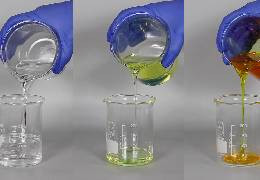
Featured posts
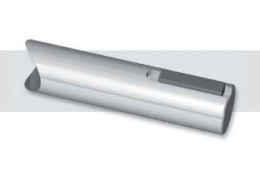




Blog tags
Photo gallery
No featured images
Archived posts
Top authors
Electrical Service Types and Voltages
Electric supply in the US is usually 120 or 230 for most residential applications. Most household plugs are designed for 120 volts.
However, in commercial and industrial applications, voltages can be in excess of 1000kV. Most equipment supplied by DisperseTech will operate at one of several common voltages 208, 240, 480 and 600 volts.
Classification of Electrical Services
Alternating current (AC) electric power distribution systems can be classified by the following properties:
- Frequency: 50 Hz or 60 Hz
- Number of phases: single or three phase
- Number of wires: 2, 3, or 4 (not counting the safety ground)
- Neutral present:
- Wye connected systems have a neutral
- Delta connected systems typically do not have a neutral
- Voltage classes: (ANSI C84.1-2016)
- Low Voltage: 1000 volts or less
- Medium Voltage: greater than 1000 volts and less than 100 kV
- High Voltage: greater than 100 kV and equal to or less than 230 kV
- Extra-High Voltage: greater than 230 kV but less than 1000 kV
- Ultra-High Voltage: equal to or greater than 1000 kV
| Wye Line-to-Neutral Voltage | Wye or Delta Line-to-Line Voltage |
|---|---|
| 120 | 208 |
| 1201 | 240 |
| 230 | 400 |
| 240 | 415 |
| 277 | 480 |
| 347 | 600 |
- Line-to-line voltages in three phase systems are typically 1.732 times the phase-to-neutral voltages: √3 = 1.732
- In symmetrical three-phase electrical system, the phase-to-neutral voltages should be equal if the load is balanced.
- Note: 1201 Refers to a three phase four wire delta service.
Common Electrical Services & Loads
In the following drawings, the coil symbols represent the secondary winding of a utility service transformer or other step down transformer. Electrical code regulations in most jurisdictions require that the neutral conductor be bonded (connected) to the earth safety ground at the electrical service entrance.
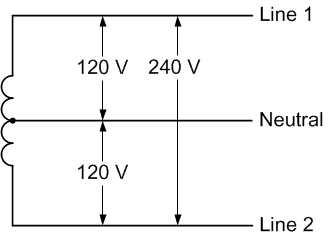
Single Phase Three Wire
Also known as an Edison system, split-phase or center-tapped neutral. This is the most common residential service in North America. Line 1 to neutral and Line 2 to neutral are used to power 120 volt lighting and plug loads. Line 1 to Line 2 is used to power 240 volt single phase loads such as a water heater, electric range, or air conditioner.
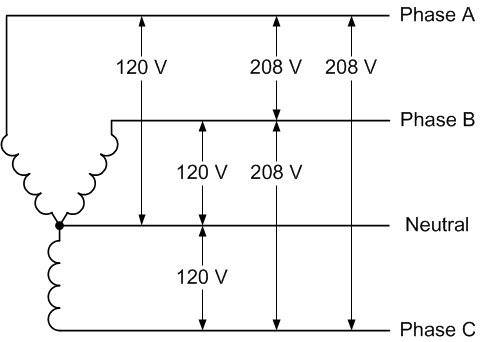
Three Phase Four Wire Wye
The most common commercial building electric service in North America is 120/208 volt wye, which is used to power 120 volt plug loads, lighting, and smaller HVAC systems. In larger facilities the voltage is 277/480 volt and used to power single phase 277 volt lighting and larger HVAC loads. In western Canada 347/600V is common.
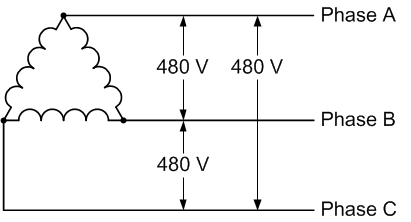
Three Phase Three Wire Delta
Used primarily in industrial facilities to provide power for three-phase motor loads, and in utility power distribution applications. Nominal service voltages of 240, 400, 480, 600, and higher are typical.
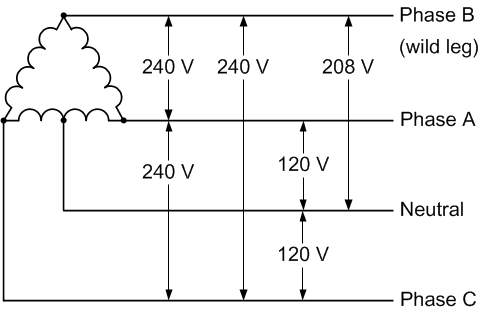
Three Phase Four Wire Delta
A four-wire delta (4WD) electrical service is a three-phase delta service with a center-tap on one of the transformer windings to create a neutral for single-phase loads. Motors loads are commonly connected to phases A, B, and C, while single-phase loads are connected to either phase A or C and to neutral. Phase B, the “wild” leg, is not used for single phase loads. The most common 4WD service is 120/208/240 but 240/415/480 service may also be seen.
Leave a comment
Related posts
 What to consider when moving to an Inverter
What to consider when moving to an Inverter
 Equipment in Hazardous (classified) Locations
Equipment in Hazardous (classified) Locations
 Defining Hazardous Areas
Defining Hazardous Areas
 Purged Cabinets and Enclosure Protection Systems
Purged Cabinets and Enclosure Protection Systems
 Motor Direction - EDIT
Motor Direction - EDIT


Latest comments